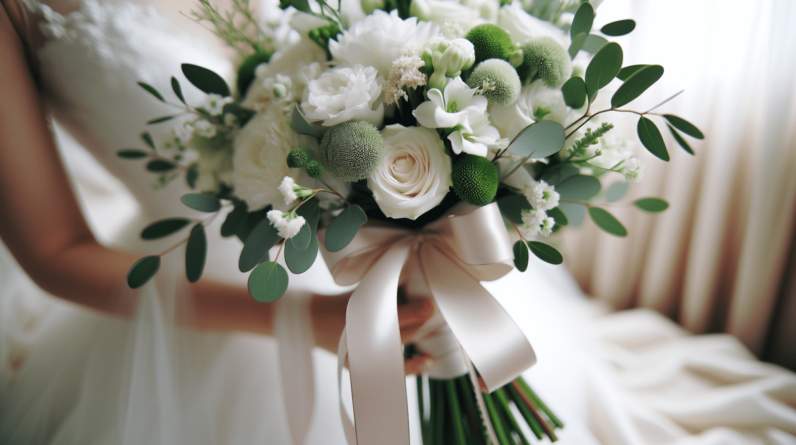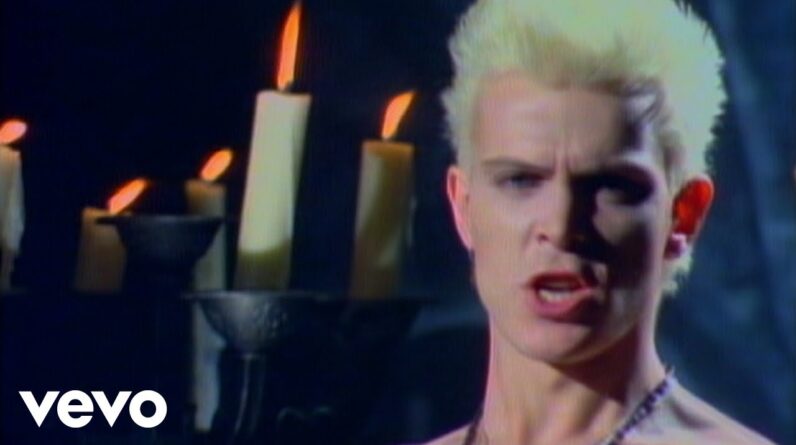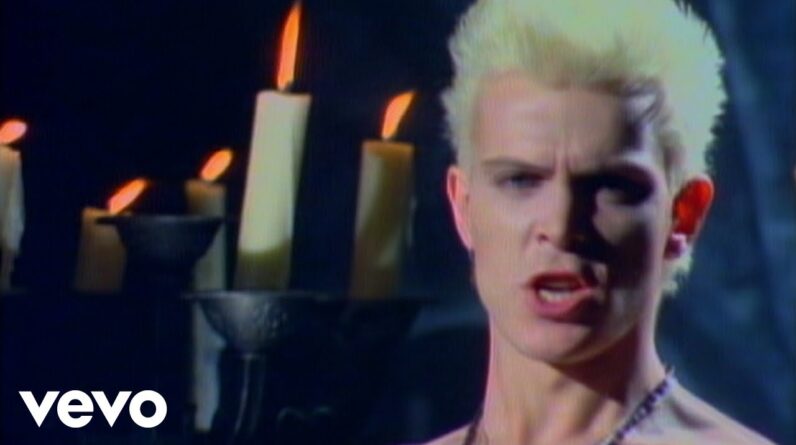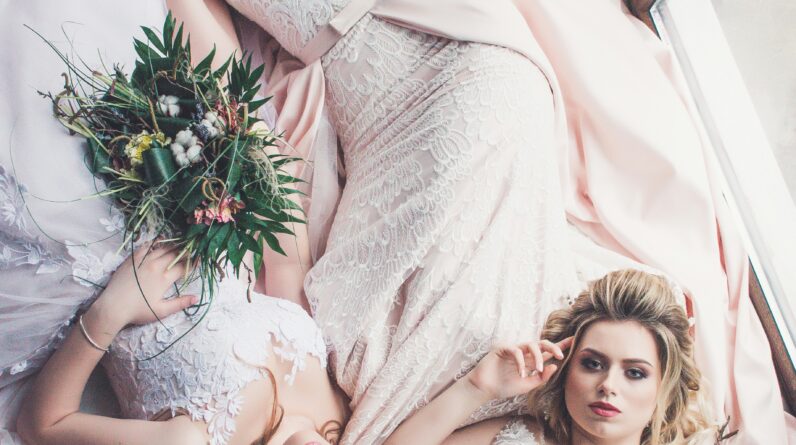
What Is The Difference Between A Traditional And White Wedding?
Imagine yourself standing at the crossroads of wedding planning, unsure of which path to take. Do you lean toward the timeless elegance of a traditional ceremony, or are you captivated by the ethereal charm of a white wedding? As you embark on this enchanting journey, let us shed light on the nuances that distinguish these two beautiful celebrations. By understanding the differences between a traditional and white wedding, you will be one step closer to creating a day that perfectly encapsulates your unique love story. So, grab a cup of tea and join us as we unravel the intricacies of these two enchanting wedding styles.
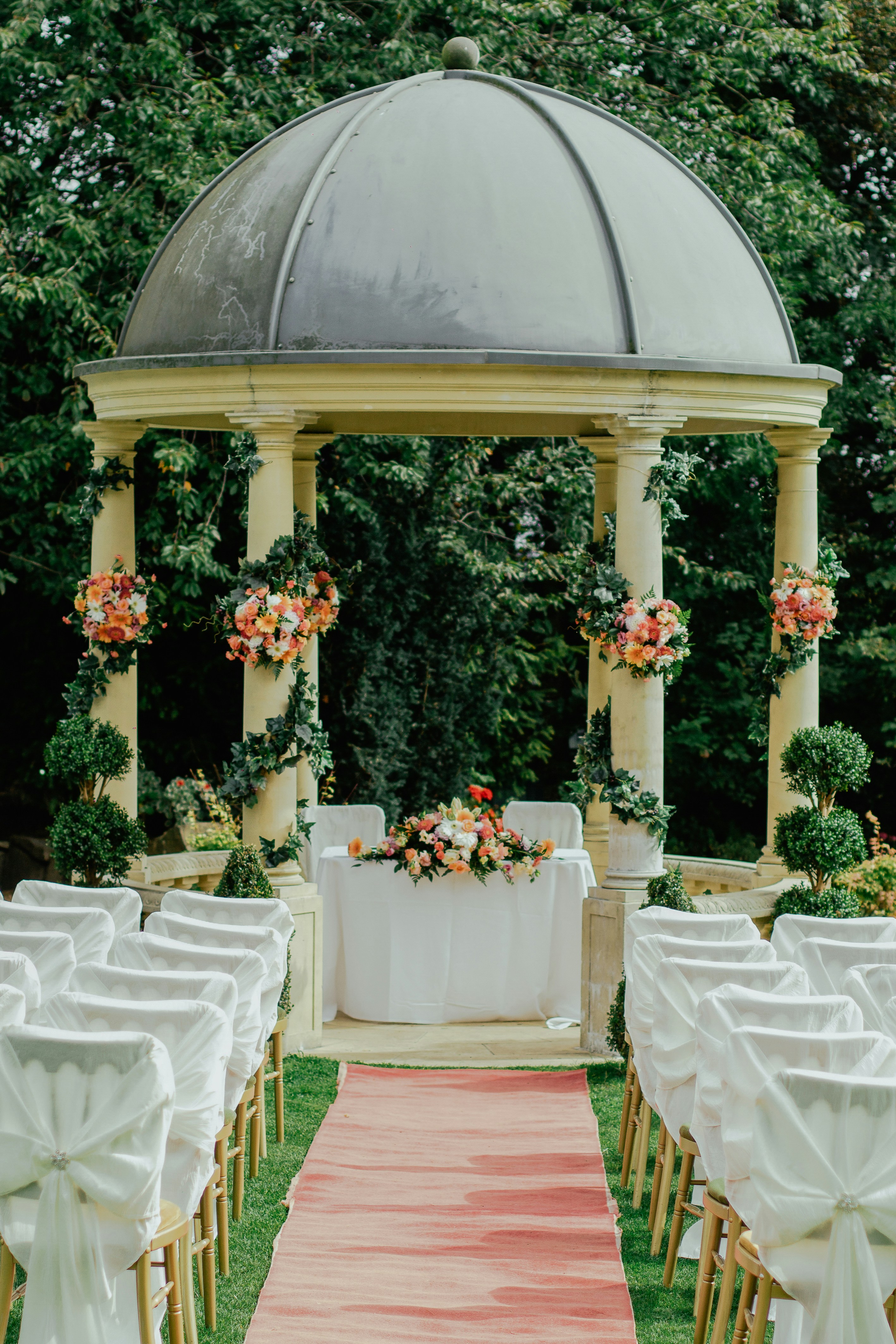
Attire
Traditional Wedding Attire
In a traditional wedding, the attire tends to reflect cultural or religious customs and traditions. Whether it’s a vibrant red lehenga for an Indian bride or a classic kilt for a Scottish groom, traditional wedding attire is all about embracing and honoring cultural heritage. Traditional wedding dresses can vary greatly depending on the region and culture, but they are often beautifully adorned with intricate embroidery, beading, or other embellishments. The groom’s attire may also include traditional accessories like turbans, veils, or sashes.
White Wedding Attire
On the other hand, white wedding attire refers to the more modern and Westernized style of dressing for weddings. The iconic white wedding dress, popularized by Queen Victoria in the 19th century, has become the epitome of white wedding attire. White wedding dresses symbolize purity and innocence, and they are typically long, flowing gowns made from luxurious fabrics such as silk or lace. The groom usually wears a formal suit or tuxedo, complementing the bride’s elegance. While white is the traditional color for wedding attire, modern couples are now experimenting with different hues and styles, embracing their individuality and personal taste.
What Is The Difference Between A Traditional And White Wedding?
Ceremony
Traditional Wedding Ceremony
Traditional wedding ceremonies vary greatly across cultures and religions. They often involve a series of rituals and customs that have been passed down through generations. These ceremonies may take place in churches, temples, mosques, or other sacred spaces, depending on the couple’s religious beliefs. Traditional wedding ceremonies are often rich in symbolism and meaning, with rituals such as lighting candles, exchanging garlands, or performing traditional dances. They are a beautiful and intimate way to celebrate the union of two individuals and their families.
White Wedding Ceremony
In contrast, the white wedding ceremony is often associated with Christian traditions and is more commonly seen in Western cultures. It typically takes place in a church or a wedding venue with a religious officiant overseeing the ceremony. The ceremony usually includes the exchange of vows, rings, and a declaration of marriage. While some couples choose to incorporate personalized elements into their white wedding ceremonies, they generally follow a standardized format. White wedding ceremonies are typically formal and solemn, focusing on the union of the couple in the presence of their loved ones.
Venue
Traditional Wedding Venue
Traditional wedding venues can vary significantly depending on cultural and regional customs. In some cultures, weddings are held in family homes or community centers, while in others, grand banquet halls or religious institutions serve as the venue. Traditional wedding venues often hold sentimental value and are chosen based on their significance to the couple’s cultural heritage and traditions. These venues may be adorned with traditional decorations and provide a space for guests to come together and celebrate the couple’s union.
White Wedding Venue
White weddings are often held in dedicated wedding venues, such as hotels, country clubs, or specialized event spaces. These venues are designed to accommodate large gatherings and offer a range of amenities, from on-site catering to beautiful settings for photography. White wedding venues tend to provide a blank canvas for couples to create their dream wedding, allowing them to personalize the space with their preferred decorations and themes. While white wedding venues may lack the cultural or historical significance of traditional venues, they provide a versatile and convenient option for couples looking to create a memorable celebration.
White Wedding Decor Ideas and Trends
Guest List
Traditional Wedding Guest List
Traditional wedding guest lists can be extensive as they often include not only the couple’s family and close friends but also distant relatives and members of the community. Family ties play a crucial role in determining who is invited, and it is essential to show respect for cultural and social expectations. People of all ages and backgrounds are typically invited to traditional weddings, as they are seen as a communal celebration that brings people together. It is not uncommon for hundreds or even thousands of guests to attend traditional wedding ceremonies.
White Wedding Guest List
White weddings usually have a more selective guest list, focusing primarily on close friends and family members. While the number of guests can still vary based on personal preferences and budget, white weddings tend to be more intimate affairs. The couple may choose to invite only their closest circle of friends and immediate family members, ensuring a more personal and meaningful experience for everyone involved. The smaller guest list allows for more attention to be given to each guest, creating a warm and inclusive atmosphere.
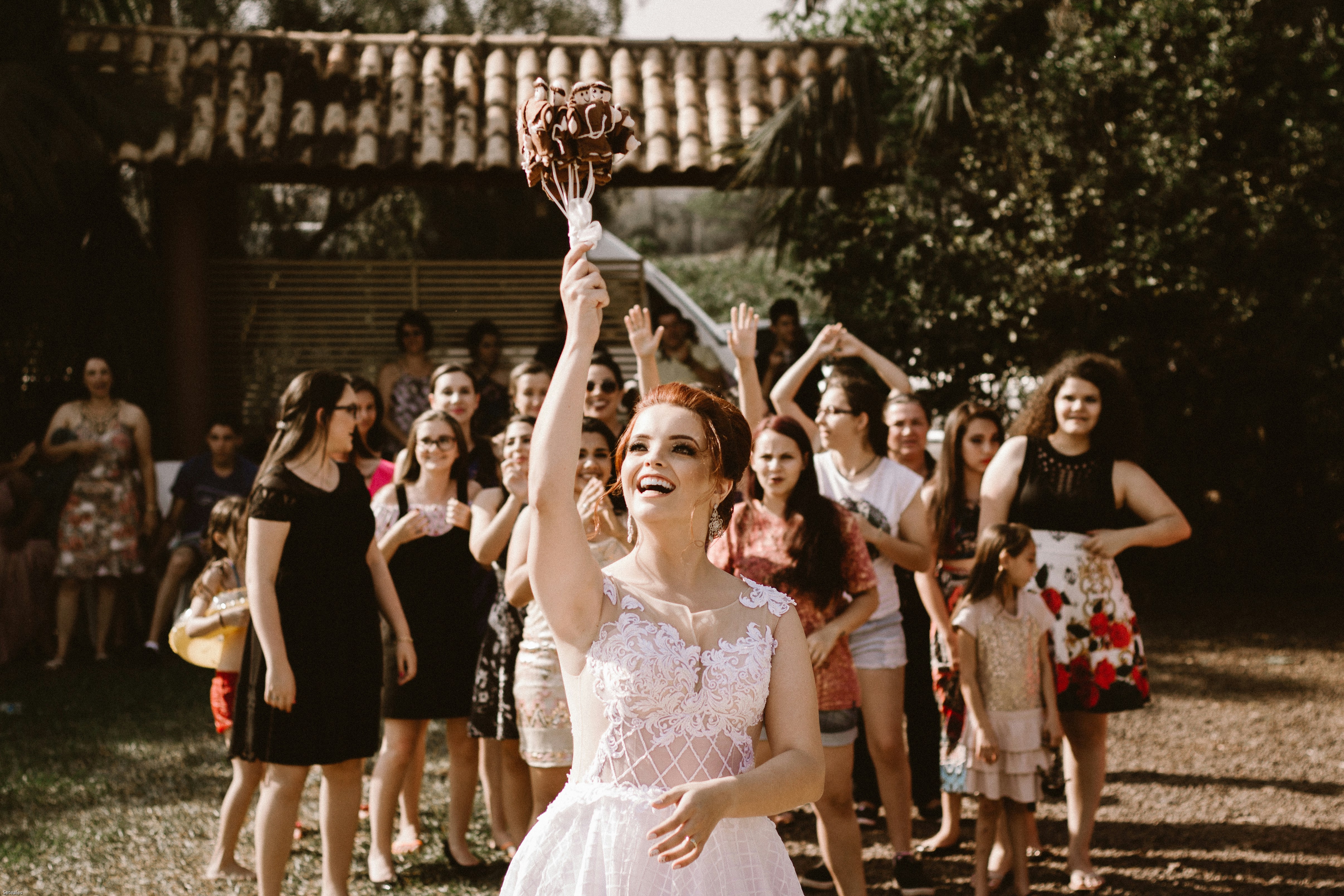
Invitations
Traditional Wedding Invitations
Traditional wedding invitations reflect the cultural customs and artistic expressions of the respective traditions. They are often intricately designed, incorporating symbols, colors, and motifs that hold significance in the culture. Traditional wedding invitations may be printed on luxurious materials like silk or handmade paper, and they may be accompanied by additional items such as religious artifacts or tokens of good luck. These invitations serve not only as a formal request but also as a way to showcase the couple’s cultural heritage and announce their union in a meaningful way.
White Wedding Invitations
White wedding invitations follow a more standardized format, usually printed on elegant cardstock with minimalistic designs. They often feature classic motifs such as floral patterns or embossed details, exuding a sense of timeless elegance. White wedding invitations are typically more focused on conveying essential information, such as the date, time, and location of the ceremony and reception. While they may not incorporate elaborate cultural symbols, modern white wedding invitations offer opportunities for personalization, allowing couples to add their own flair and style to the design.
Customs and Traditions
Traditional Wedding Customs and Traditions
Traditional weddings are steeped in customs and traditions, each holding symbolic meaning and significance. These customs may include rituals such as the tying of the knot, the exchange of dowries, or the performance of traditional dances. Traditional wedding ceremonies often involve the participation of family members and community elders, emphasizing the importance of familial and societal bonds. These customs and traditions are passed down from generation to generation, preserving cultural heritage and fostering a sense of identity among the couple and their families.
White Wedding Customs and Traditions
White weddings embrace a more standardized set of customs and traditions, often following a structured format. Common traditions include the bride walking down the aisle, the exchange of vows and rings, and the first kiss as a married couple. White weddings place a strong emphasis on the couple’s commitment to one another, with rituals symbolizing unity and love. While white weddings may not have the same level of diversity as traditional weddings, they provide a timeless framework that allows couples to unite in a way that is deeply meaningful to them.
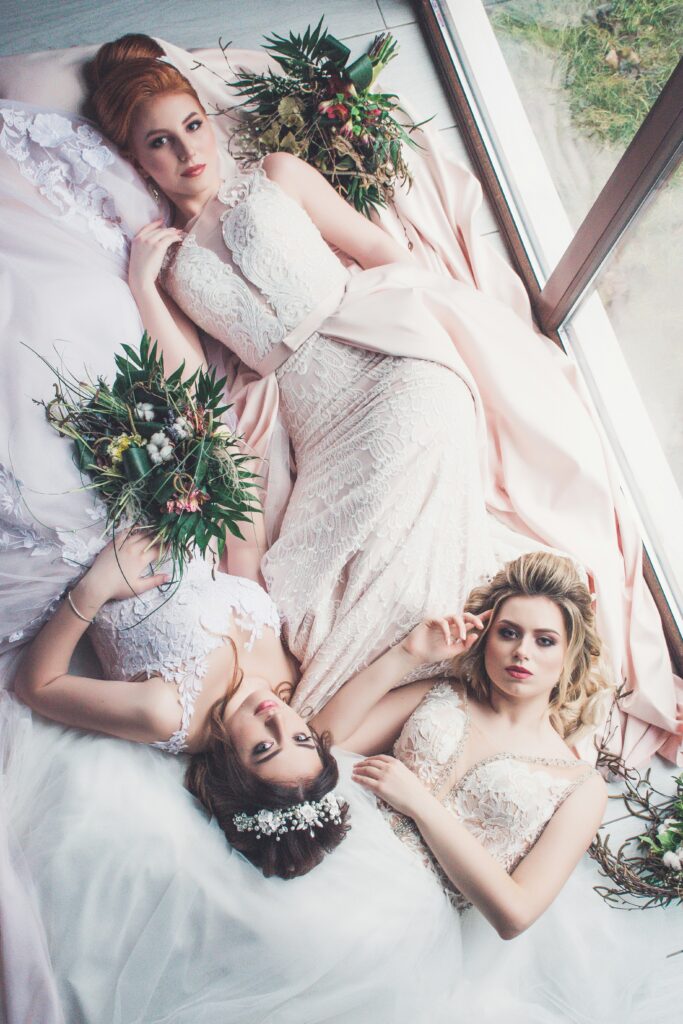
Decoration
Traditional Wedding Decoration
Traditional wedding decorations are heavily influenced by cultural customs and aesthetics. They often include vibrant colors, intricate patterns, and traditional symbols that hold significance within the culture. Traditional wedding venues may be adorned with fabric drapes, floral arrangements, or handmade crafts that reflect the couple’s cultural heritage. These decorations create a visually stunning and immersive environment that celebrates the couple’s traditions and creates a sense of warmth and unity among the guests.
White Wedding Decoration
White wedding decorations typically embrace a more subtle and elegant aesthetic. White flowers, such as roses or lilies, are commonly used to create romantic and timeless arrangements. Soft lighting, draped fabrics, and delicate details enhance the overall ambiance, creating a sense of sophistication and romance. White wedding decorations often prioritize simplicity and understated beauty, allowing the focus to remain on the couple and their love for one another. Couples may choose to incorporate their own unique touches or themes into the white wedding decor, personalizing the space to reflect their individual style.
Music and Dance
Traditional Wedding Music and Dance
Traditional wedding music and dance are integral parts of most cultural wedding ceremonies. The music often includes traditional instruments and melodies that evoke a sense of joy and celebration. Guests may participate in traditional dances, following choreographed steps or freestyle movements. Traditional wedding music and dance provide an opportunity for everyone, young and old, to come together and express their happiness and well wishes for the couple. These lively and energetic performances create a festive atmosphere, filled with laughter and camaraderie.
White Wedding Music and Dance
White weddings typically feature a range of music genres and dance styles, catering to the diverse musical preferences of the couple and their guests. From classic love songs to upbeat dance tracks, the music sets the tone for the celebration. Couples often have their first dance, where they showcase their choreographed routine or simply sway to a meaningful song. Guests are encouraged to join in and celebrate on the dance floor, creating memories and letting loose. White wedding music and dance allow for individual expression and enjoyment, fostering a sense of joy and unity.
Food and Drinks
Traditional Wedding Food and Drinks
Traditional wedding food and drinks reflect the culinary traditions of the couple’s culture or region. These feasts often feature an abundance of dishes, showcasing a variety of flavors, spices, and cooking techniques. From elaborate banquets to buffet-style meals, traditional wedding food offers a unique culinary experience. The menu may include traditional favorites, family recipes, or regional delicacies, each representing the cultural heritage and culinary expertise of the couple’s background. Traditional wedding drinks may also include signature beverages or alcoholic beverages that hold cultural significance.
White Wedding Food and Drinks
White wedding food and drinks provide a more diverse and customizable dining experience. Couples have the flexibility to choose from a range of cuisines and dining styles, tailoring the menu to their preferences and those of their guests. The food may be served plated or as part of a buffet, offering a variety of options to suit different dietary needs and preferences. White wedding drinks often include a selection of wines, cocktails, or non-alcoholic beverages, allowing guests to toast to the couple’s happiness. The emphasis is on creating a memorable culinary experience that delights the senses and satisfies everyone’s palate.
Wedding Cake
Traditional Wedding Cake
Traditional wedding cakes vary greatly across cultures and regions. They may be multi-tiered creations adorned with intricate sugar work, vibrant colors, and traditional symbols. Traditional wedding cakes often reflect the couple’s cultural heritage and may feature unique flavors or ingredients. In some cultures, the cake is not cut until certain rituals or customs have been completed, symbolizing the couple’s unity and the sharing of their first meal together. Traditional wedding cakes are not only delicious treats but also works of art that tell a story and honor the couple’s traditions.
White Wedding Cake
The white wedding cake is a classic and timeless centerpiece of any white wedding celebration. Usually a multi-tiered cake with smooth white frosting and elegant decorations, the white wedding cake exudes sophistication and elegance. Couples may choose to personalize their white wedding cake with unique flavors, fillings, or decorative elements that represent their individual tastes and style. The cutting of the cake holds symbolic significance, symbolizing the couple’s commitment to sharing their lives together. White wedding cakes offer a delicious finale to the celebration, pleasing both the eyes and taste buds of the guests.
By understanding the differences between traditional and white weddings, you can fully appreciate the richness of cultural diversity and the evolving nature of wedding celebrations. Whether you choose to embrace your cultural traditions or opt for a more modern approach, what truly matters is that your wedding reflects your love and commitment to one another. So, embrace the beauty of tradition or the elegance of modernity, and let your wedding day be a reflection of your unique journey as a couple. Cheers to a lifetime of love and happiness!


